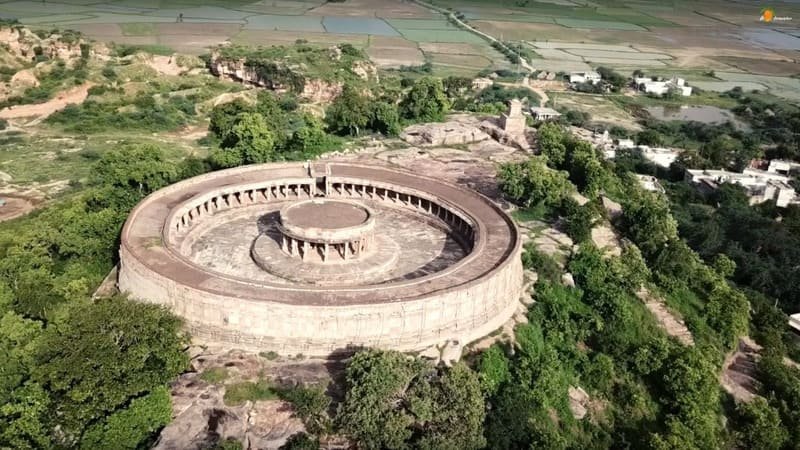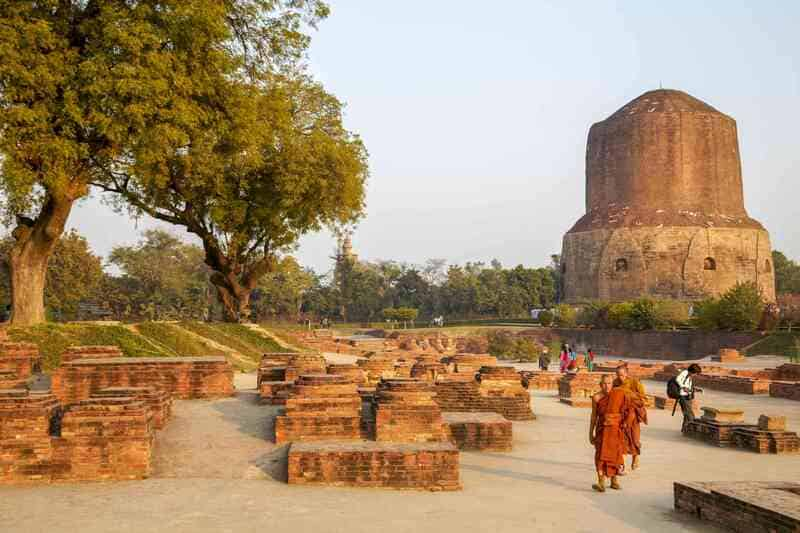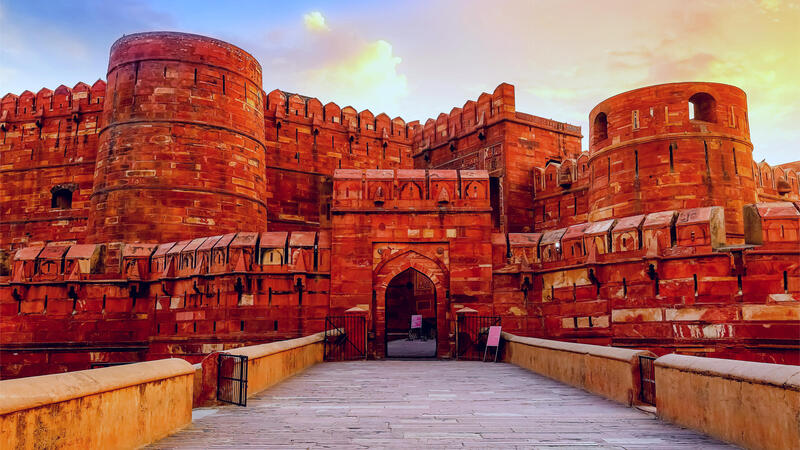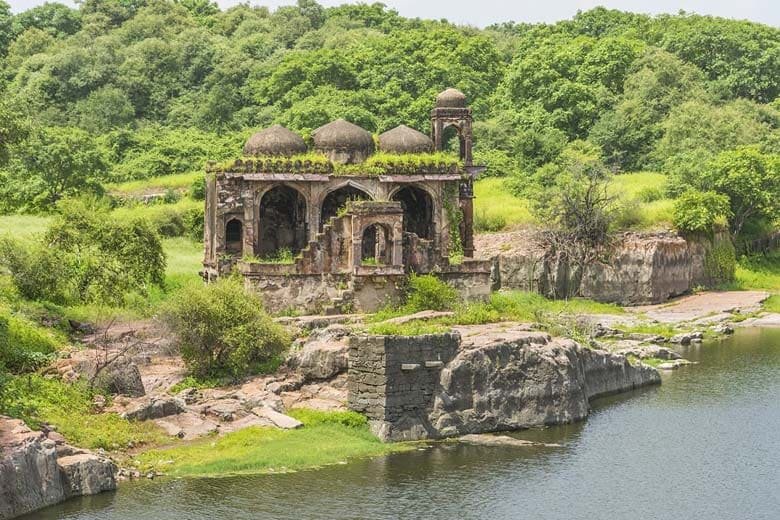
Mahabodhi Temple, Bihar.
Mahabodhi Mahavihara, Bodh Gaya, Gaya District, Bihar 823004, India..
Mahabodhi Temple, located in Bodh Gaya, Bihar, is one of the most important Buddhist pilgrimage sites in the world. It is the place where the Buddha is said to have attained enlightenment, and is thus regarded as a sacred site by Buddhists from all over the world. The temple complex, which includes the Mahabodhi Temple, the Bodhi Tree, and several other important structures, is a UNESCO World Heritage Site and attracts millions of visitors every year. In this blog, we will explore the history, significance, and architecture of the Mahabodhi Temple in detail.
History
The history of the Mahabodhi Temple dates back to over two thousand years ago. It is believed that around 500 BCE, Prince Siddhartha Gautama, who would later become the Buddha, arrived in Bodh Gaya and sat under a pipal tree (Ficus religiosa) in the area that is now the Mahabodhi Temple complex. After meditating for several days, he attained enlightenment and became the Buddha. The site of his enlightenment became known as the Bodhi Tree, and a small shrine was built there to mark the spot.
Over the centuries, the site became an important pilgrimage destination for Buddhists. In the 3rd century BCE, Emperor Ashoka of the Maurya Dynasty visited Bodh Gaya and built a small temple around the Bodhi Tree. This temple was later replaced by a larger temple during the Gupta period (4th-6th century CE), which was itself replaced by the current Mahabodhi Temple during the Pala Dynasty (8th-12th century CE).
During the reign of the Pala kings, Bodh Gaya became an important center of Buddhist learning, and the Mahabodhi Temple was expanded and renovated several times. However, after the decline of the Pala Dynasty, the temple fell into disrepair and was largely abandoned. It was only in the 19th century, during the British Raj, that the temple was rediscovered and restored.
Significance
The Mahabodhi Temple is considered one of the most important pilgrimage sites for Buddhists, as it marks the spot where the Buddha is said to have attained enlightenment. For Buddhists, visiting the temple is seen as an act of devotion and a way to gain merit. The temple complex also includes several other important structures, including the Bodhi Tree, the Vajrasana (Diamond Throne), and the Animesh Lochana Chaitya (the shrine where the Buddha is said to have spent a week after attaining enlightenment).
In addition to its religious significance, the Mahabodhi Temple is also an important historical and architectural site. The temple complex is a UNESCO World Heritage Site and is considered one of the finest examples of Indian brickwork and early Buddhist architecture. The temple itself is a fine example of Gupta-style architecture, characterized by its pyramidal spire and square base.
Architecture
The Mahabodhi Temple's architecture is a beautiful amalgamation of various architectural styles spanning over the centuries. It was originally built during the Mauryan period and was later restored and enlarged during the Gupta dynasty. The present temple complex was built during the reign of the Pala dynasty in the 11th century.
The temple complex is surrounded by a large brick wall, and the entrance is marked by a gateway called the Torana. The Torana has a square structure, with four pillars that are topped with capitals that are decorated with intricate carvings of flowers, birds, and animals. The top of the Torana is adorned with the image of the Buddha.
The main temple is a pyramidal structure, with a central spire that rises to a height of 52 meters. The spire is topped with a chattra or umbrella, which is a symbol of sovereignty. The temple is surrounded by four smaller towers, each with a height of around 40 meters. These towers are known as the Pradakshina patha or the circumambulatory path, and they are meant for devotees to walk around the main temple in a clockwise direction.
The temple's exterior is adorned with intricate carvings of scenes from the life of the Buddha, as well as various other motifs and symbols. The carvings are done in a style that is characteristic of the Pala dynasty, with a great attention to detail and a high degree of skill.
The interior of the temple is equally magnificent, with a large hall that is supported by a series of pillars. The hall contains a statue of the Buddha in a sitting posture, with his right hand raised in the gesture of fearlessness. The statue is flanked by two Bodhisattvas, who are depicted as standing and holding lotus flowers.
The walls of the temple are adorned with frescoes that depict scenes from the life of the Buddha, as well as various other religious themes. These frescoes are considered to be some of the finest examples of Indian art from the Pala period.
Overall, the Mahabodhi Temple's architecture is a testament to the skill and craftsmanship of the Indian artisans who built it. It is a perfect blend of various architectural styles, and it continues to inspire awe and wonder in all who visit it.







